Introduction
Beer history is as rich and diverse as the beverage itself, with a story that stretches back thousands of years. This article will take you on a journey through time, exploring the ancient origins of beer, its evolution through the ages, and its enduring cultural significance. We’ll delve into ancient beer recipes, uncover the role of beer in historical societies, and trace the rise of the craft beer revolution. So, grab a pint and join us as we embark on this fascinating exploration of beer’s storied past.
Table of Contents
Ancient Beginnings
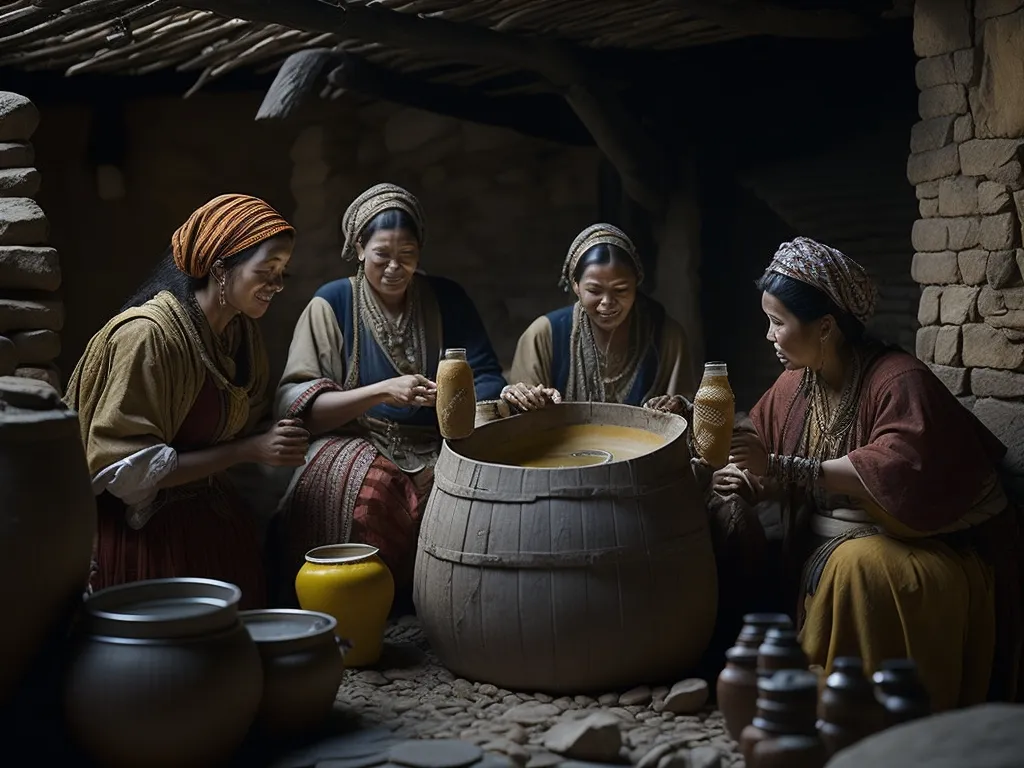
The Origins of Beer
The beer origins can be traced back to ancient civilizations, around 3000 BCE and even earlier. The first evidence of beer comes from archaeological findings in what is now Iran, dating back to the 5th millennium BCE. This early beer was a far cry from the brews we enjoy today, often thick and porridge-like, consumed with straws to avoid the floating bits of grain.

Ancient Beer Recipes and Brewing Techniques
Ancient beer recipes were simple, often involving only barley, water, and yeast. The process of brewing was a domestic task, carried out by women. The beer was often flavored with herbs and spices, and it played a crucial role in daily life, serving as both a dietary staple and a form of currency.
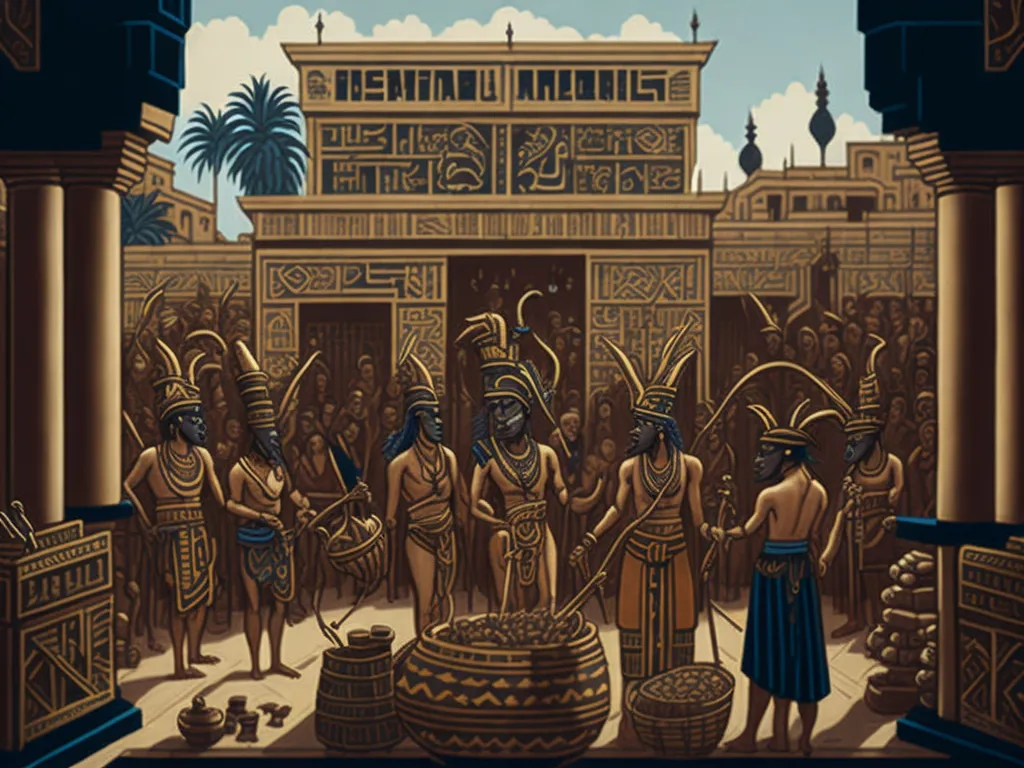
Beer in Mesopotamia and Egypt
In Mesopotamia and Egypt, beer was deeply ingrained in society and religious rituals. In ancient Sumeria, the goddess Ninkasi was revered as the deity of beer, and hymns to her included detailed beer recipes. In Egypt, beer was a staple of the diet and was even used in medicinal treatments.
Medieval Brews and Monastic Brewing

Beer During the Middle Ages
During the Middle Ages, brewing transitioned from a domestic task to a monastic tradition. Monasteries became the centers of brewing, with monks refining the process and developing new techniques. This period marked a significant chapter in beer history, with the introduction of hops as a preservative and flavor enhancer.
Influence of Monasteries on Beer Production
Monasteries played a pivotal role in preserving and advancing brewing techniques during the Middle Ages. They were the first to use hops in brewing, a practice that would revolutionize the industry. Monastic breweries were also responsible for the creation of many historical beer styles that are still enjoyed today.
Industrial Revolution and Modern Brewing Techniques
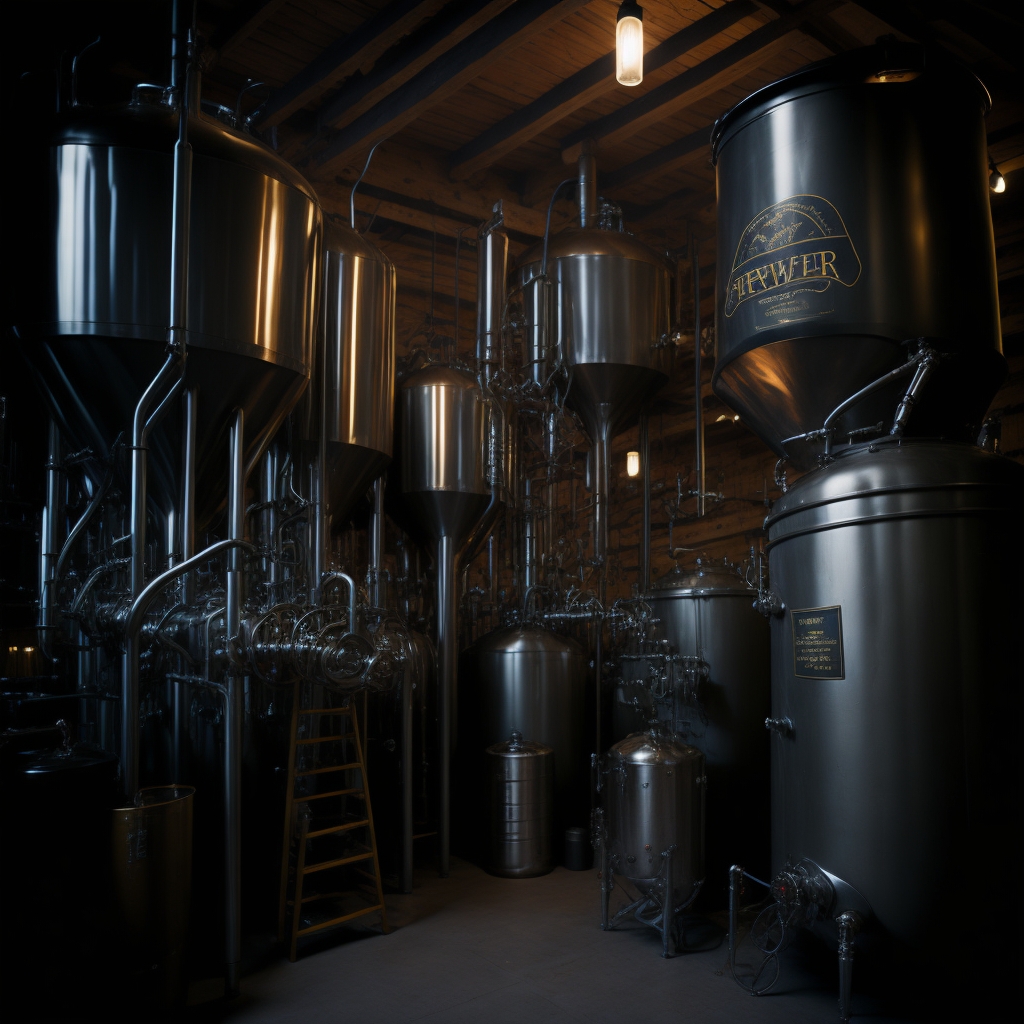
Beer in the Industrial Revolution
The Industrial Revolution brought about significant changes in beer history production. The shift from small-scale brewing to commercialization was facilitated by technological advancements such as steam power and refrigeration. These innovations allowed for the production of beer on a much larger scale, leading to the emergence of the modern beer industry.
Emergence of Beer Styles
The Industrial Revolution also saw the emergence of distinct beer styles. The development of refrigeration techniques in the 19th century allowed for the production of lagers, a style of beer that requires cold fermentation. This period also saw the rise of ales, stouts, and other beer styles that we know and love today.
Prohibition and the Rise of Craft Beer
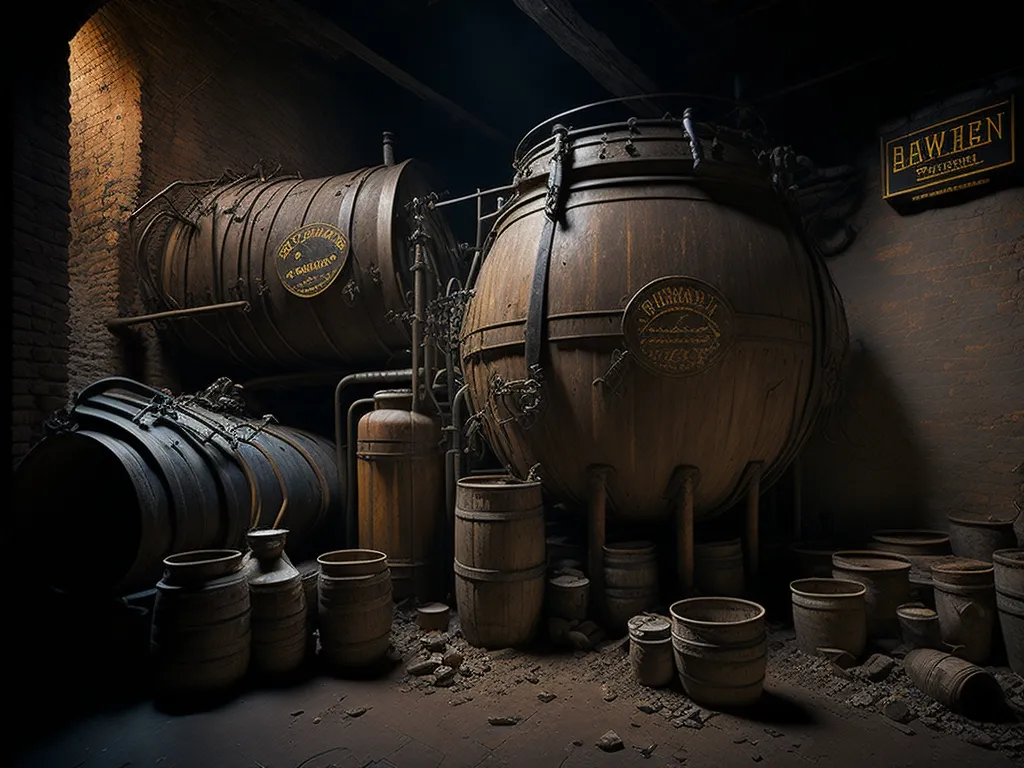
The Impact of Prohibition
Prohibition in the United States had a profound impact on beer history in the industry. The production, sale, and transportation of alcoholic beverages were banned, leading to the closure of many breweries. However, this period also saw the resilience of craft beer, with underground brewing operations keeping the tradition alive.
Craft Beer Renaissance
Following the end of Prohibition, the beer industry experienced a renaissance. Small-scale breweries began to reemerge, sparking a revival of craft beer. This period saw a renewed interest in traditional brewing methods and a focus on quality over quantity. The craft beer movement has continued to grow, with a surge in the number of craft breweries and a greater appreciation for artisanal brews.
Global Beer Culture and Traditions
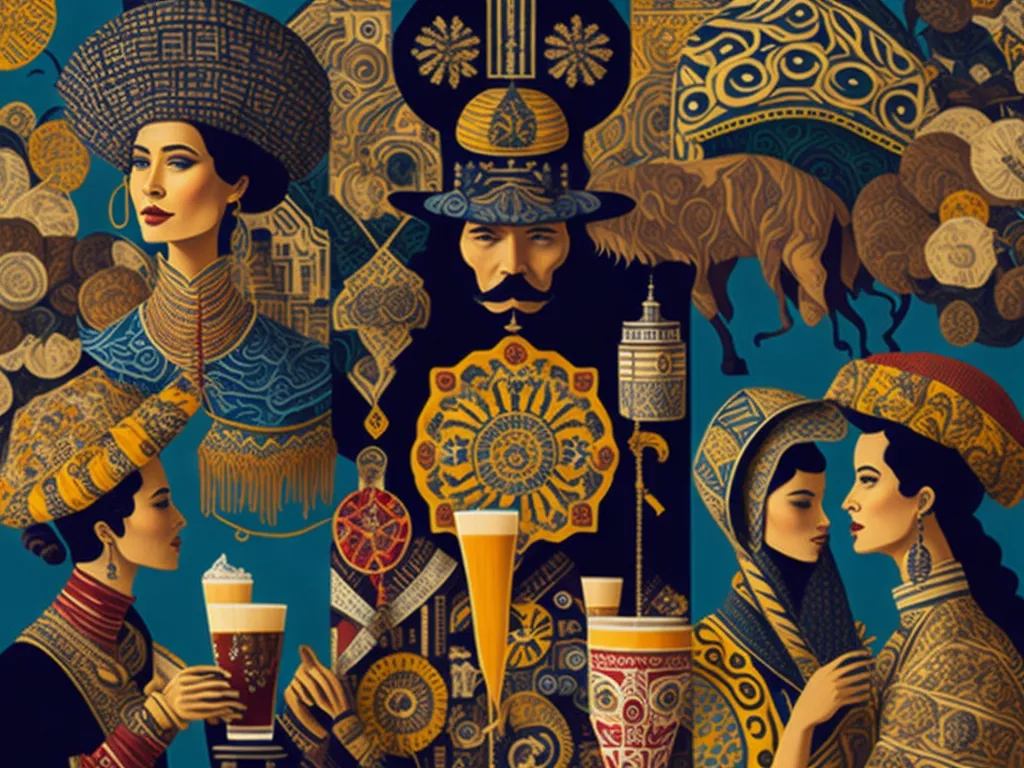
Beer Traditions Around the World
Beer tradition varies greatly around the world, with unique celebrations, festivals, and rituals centered around this beloved beverage. From Oktoberfest in Germany to the Great British Beer Festival in the UK, beer is at the heart of many cultural celebrations. These events not only honor the art of brewing but also foster social bonding and community spirit.
Cultural Significance of Beer
The cultural significance of beer extends beyond mere consumption. It serves as a symbol of social bonding, identity, and culinary heritage. In many societies, beer is more than just a drink; it’s a part of the cultural fabric, intertwined with history, tradition, and social customs.
Regional Beer Styles
Regional beer styles reflect the unique characteristics of their place of origin. From the hop-heavy IPAs of the United States to the malty lagers of Germany, each style tells a story about its roots. These regional variations add to the rich tapestry of beer history and offer a world of flavors for beer enthusiasts to explore.
The Craft Beer Revolution
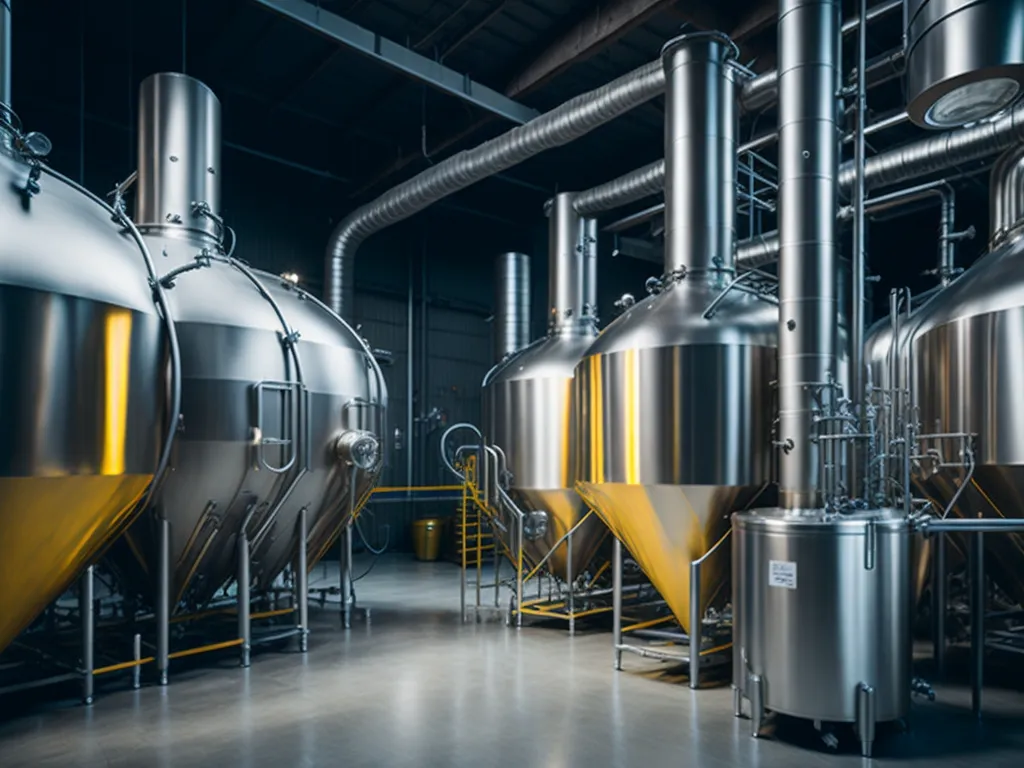
The Contemporary Craft Beer Movement
The contemporary craft beer movement has its origins in the 1970s and 80s, with pioneers like Anchor Brewing Company in the US and CAMRA (Campaign for Real Ale) in the UK championing the cause of quality beer. This movement has reshaped the beer industry, influencing consumer preferences and encouraging innovation.
Influence of Craft Breweries
Craft breweries have had a profound impact on the beer industry. They have challenged the dominance of mass-produced beers, introduced a plethora of innovative flavors and brewing techniques, and rekindled the public’s interest in historical beer styles. Their influence can be seen in the growing demand for craft beer and the increasing number of craft breweries worldwide.
Beer Tourism and Tasting Experiences

Beer Tourism Destinations
Beer tourism is a growing trend, with beer enthusiasts traveling to breweries, beer festivals, and beer-centric cities to indulge their passion. From the beer halls of Munich to the craft breweries of Portland, these destinations offer a wealth of experiences for beer lovers.
Beer Tasting Techniques and Sensory Evaluation
Beer tasting is an art, involving more than just drinking. It requires an understanding of sensory evaluation techniques, including assessing the appearance, aroma, taste, and mouthfeel of the beer. These skills enhance the beer-drinking experience, allowing enthusiasts to appreciate the complexities and nuances of different brews.
Conclusion
Our journey through beer history has taken us from the ancient civilizations of Mesopotamia and Egypt to the craft beer revolution of the modern era. We’ve explored ancient beer recipes, traced the evolution of brewing techniques, and delved into the cultural significance of beer. As we raise our glasses to the enduring appeal of this beloved beverage, we look forward to the ongoing evolution and exciting future of beer. Cheers to that!
Remember, the story of beer is a testament to human ingenuity and the power of tradition. It’s a story that continues to unfold, with each pint offering a taste of the past and a glimpse of the future. So, the next time you enjoy a cold one, take a moment to appreciate the rich history and tradition in your glass.
FAQs
-
What is the origin of beer?
The origin of beer is steeped in antiquity, with the earliest evidence dating back to around 5,000 to 4,000 B.C. in what is now Iran. The first beers were likely brewed by accident when grains of barley were left to soak in water and subsequently fermented due to wild yeasts in the air.
This rudimentary beer was a far cry from what we know today, often resembling a porridge-like mixture. The practice of brewing beer was refined over time, with ancient civilizations such as the Sumerians and Egyptians developing more sophisticated brewing techniques and incorporating beer into their daily life and religious rituals.
-
How did beer evolve over time?
The evolution of beer history is a fascinating journey that spans millennia. From its humble beginnings as a simple mixture of barley and water, beer has undergone significant transformations throughout history. In the Middle Ages, monasteries became the epicenters of brewing, with monks introducing hops to the brewing process.
The Industrial Revolution brought about further changes, with advancements in technology enabling the mass production of beer and the development of new styles like lagers and ales. In recent times, the craft beer revolution has seen a resurgence of interest in traditional brewing methods and a focus on quality and flavor diversity. Today, beer is a complex and diverse beverage, with thousands of styles and flavors enjoyed worldwide.
-
Who invented beer?
It’s difficult to attribute the invention of beer to a specific individual or civilization, as the process likely developed independently in various regions around the world. However, the earliest archaeological evidence of beer production dates back to the ancient Sumerians in Mesopotamia around 4,000 B.C. They even had a goddess of beer, Ninkasi, and a hymn to her that included a recipe for beer is one of the oldest known recipes in the world. So, while we can’t name a specific “inventor” of beer, the ancient Sumerians certainly played a significant role in its early development.
-
What were the ancient brewing techniques used for beer?
Ancient brewing techniques were relatively simple compared to modern methods. The basic ingredients were barley, water, and yeast. The barley was soaked in water and allowed to germinate, a process known as malting. The malted barley was then dried and crushed to create a malt extract. This extract was mixed with hot water to activate the enzymes, converting the remaining starches into sugars.
The sweet liquid, known as wort, was then cooled and fermented with yeast, which consumed the sugars and produced alcohol and carbon dioxide. The beer was often flavored with herbs and spices, as hops were not widely used until much later. Despite their simplicity, these ancient techniques laid the foundation for the brewing processes we use today.
-
What role did beer play in ancient civilizations?
Beer played a significant role in many ancient civilizations. In societies such as ancient Sumer and Egypt, beer was not just a beverage but a dietary staple, often safer to drink than water due to the alcohol’s ability to kill bacteria. It was consumed by both adults and children, used as a form of currency, and offered to gods in religious ceremonies. In ancient Mesopotamia, beer was considered a gift from the gods and was often used in medicinal treatments. It was deeply ingrained in their social and religious life, symbolizing fertility and abundance.
-
How did beer production change during the Industrial Revolution?
The Industrial Revolution brought about significant changes in beer production. Technological advancements such as steam power and refrigeration transformed the brewing process, allowing for increased efficiency and larger-scale production. The invention of the steam engine made it possible to brew beer year-round, while refrigeration techniques enabled the lagering process, leading to the creation of new beer styles.
The introduction of bottling machinery in the late 19th century further revolutionized the industry, making beer easier to distribute and sell. These developments marked the transition from traditional small-scale brewing to the commercial beer industry we know today.
-
What is the significance of craft beer in modern times?
Craft beer has gained significant importance in recent years, representing a shift back to the roots of brewing, with a focus on quality, flavor, and traditional brewing methods. The craft beer movement has challenged the dominance of mass-produced beers, offering consumers a wider variety of styles and flavors. Craft breweries have also played a crucial role in local economies, creating jobs and contributing to tourism. Moreover, they have fostered a sense of community, with many craft beer enthusiasts enjoying the experience of visiting breweries, learning about the brewing process, and tasting different beers.
-
How has beer culture varied across different countries and regions?
Beer culture varies greatly across different countries and regions, reflecting local history, climate, and agricultural resources. For instance, Germany is known for its purity law, the Reinheitsgebot, which permits only water, barley, and hops in brewing. Belgium, on the other hand, is famous for its diverse range of beer styles, including Trappist beers, lambics, and gueuzes. The UK has a long-standing tradition of cask ales, while the US has seen a surge in craft breweries producing innovative and experimental beers. These regional differences contribute to the rich tapestry of global beer culture, offering a world of flavors for beer enthusiasts to explore.


1 Comment
Pingback: American Brown Ale: A Malty and Flavorful Brew